Oil painting on canvas signed lower right and dated 1941
Amelia Almagià Ambron was born in Ancona in 1877 into an Italian-Jewish family. The family was well-off and fostered Amelia and her sisters' love of painting. Amelia, a gifted painter, trained at the school of Antonio Mancini, a Roman painter of verist circles. Her life took place between Rome and Alexandria, before her marriage to Aldo Ambron, which led her to settle in Rome.
Appreciated for her luminous portraits and airy landscapes, she was the undisputed focal point of a lively cultural salon attended by numerous artists including Marinetti, Giovanni Colacicchi, Mario Tozzi and Mancini himself. Bound by deep and fraternal friendship to Giacomo Balla (protagonist of the first futurist season), she hosted the master and his family for a long time at the Cotorniano estate in the Sienese countryside and later, from 1926 to 1929, at Villa Ambron in the Parioli. Numerous postcards and letters sent by Balla to Amelia's family document the intense bond between the two families.
Amelia has three children, Emilio, Nora and Gilda, all of whom are passionate about art. Emilio would become a highly regarded artist. A restless traveller between Europe, Africa and Asia, Emilio was to be the spokesman of a return to classicism and the figure after the Second World War.
Amelia died in Rome in 1960.
She experienced a double role that was discriminating in her time: that of a woman - at a time when society was oppressive for women, destined exclusively for domestic life and discouraged if not actually hindered in their attempts to cultivate their aspirations and to emerge in the cultural sphere, a field where men were considered the only repositories of true professionalism - and that of a Jewess. The condition of social minority, instead of becoming an obstacle, is transformed into an impulse for affirmation and creative independence.
In 2012, the exhibition 'Balla/Ambron. Gli anni Venti tra Roma e Cotorniano', at the Cardinal Giacomo Lercaro Foundation. In 2014, her works are featured in the exhibition 'Artiste del Novecento tra visione e identità ebraica' at the Galleria d'arte Moderna in Rome.


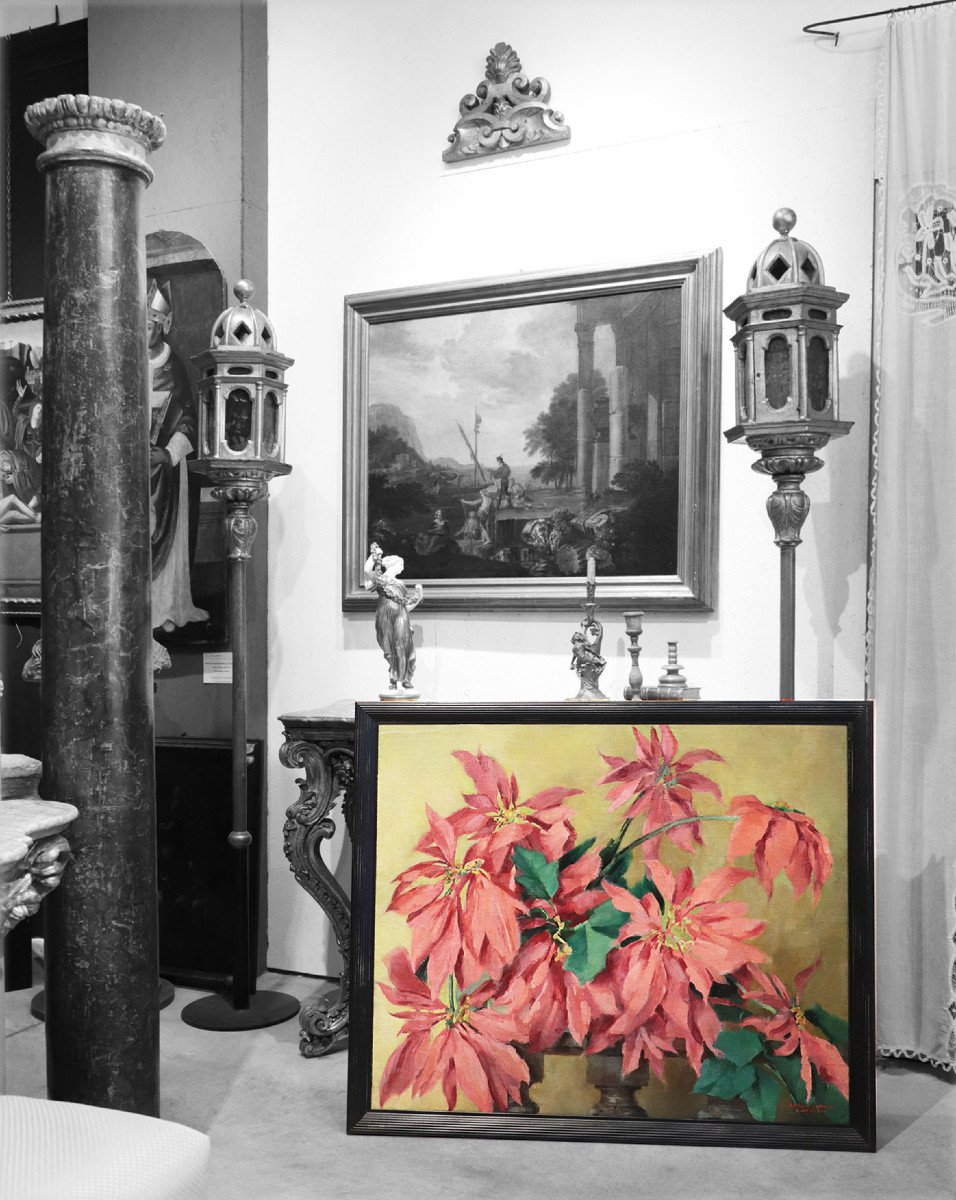










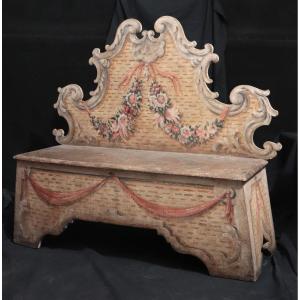




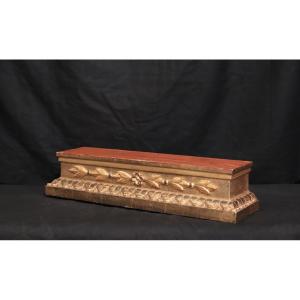
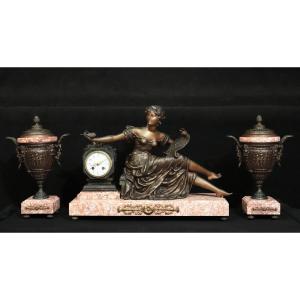

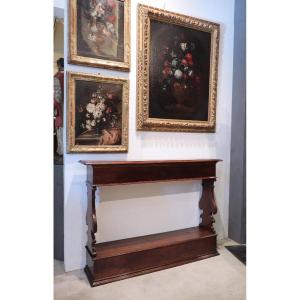



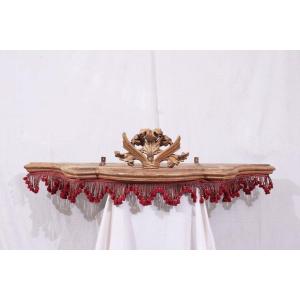
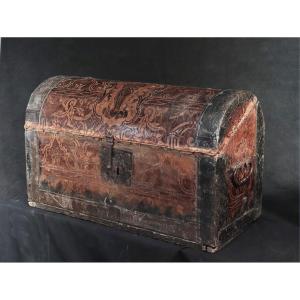









 Le Magazine de PROANTIC
Le Magazine de PROANTIC TRÉSORS Magazine
TRÉSORS Magazine Rivista Artiquariato
Rivista Artiquariato